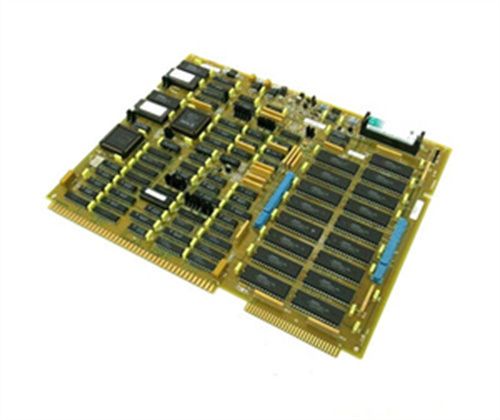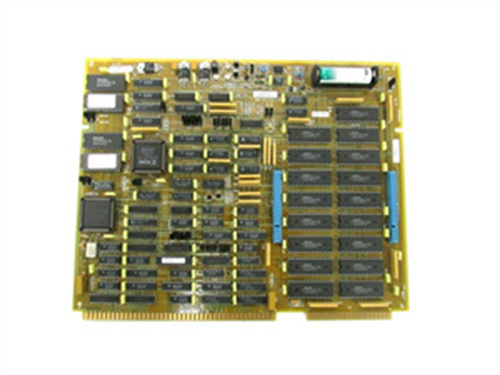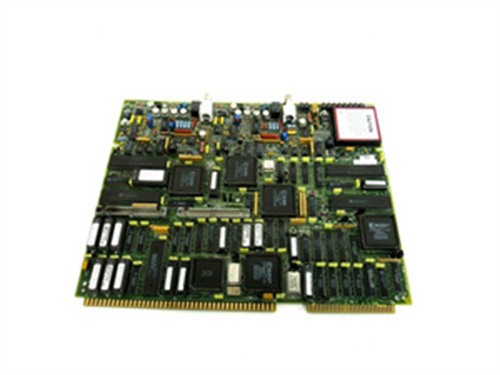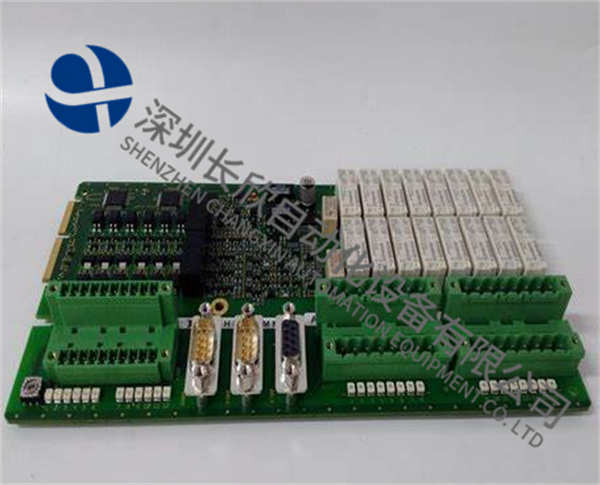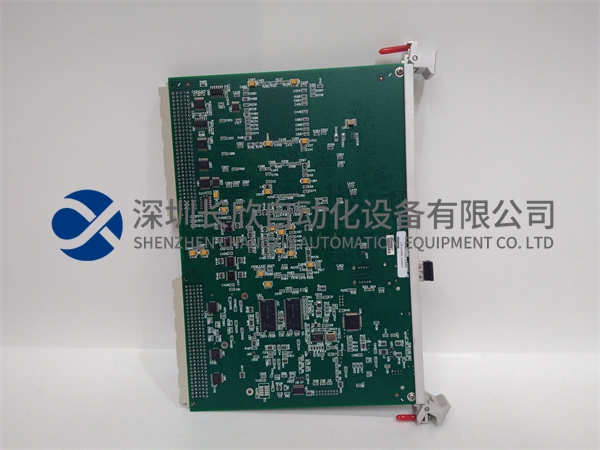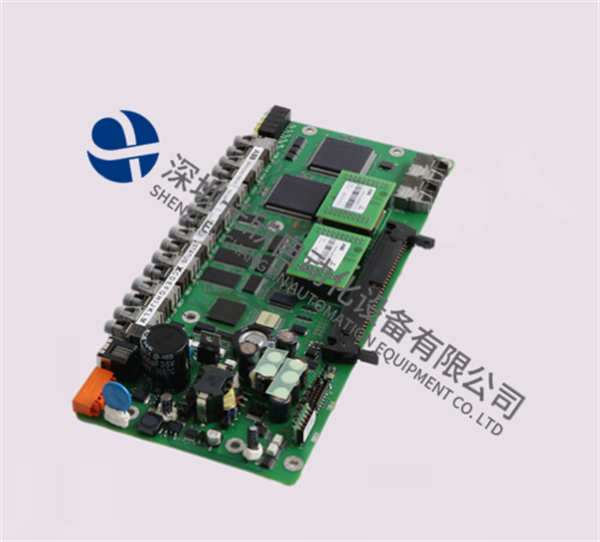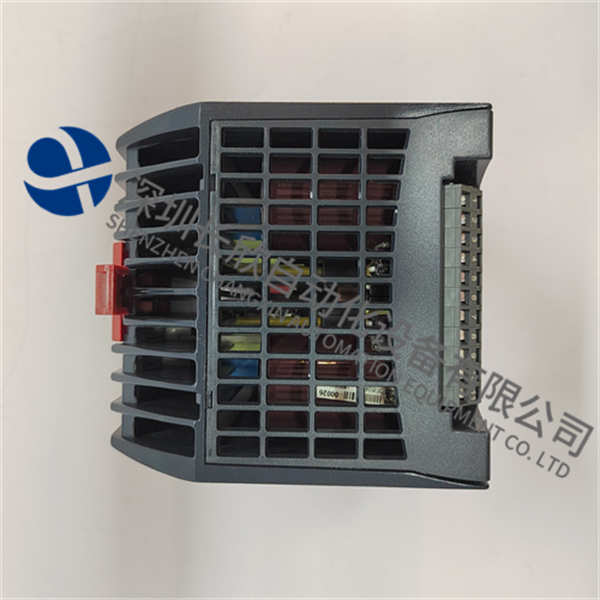描述
WESTINGHOUSE 1C31132G01产品详情
一、基本信息
品牌:Westinghouse(西屋电气,全球能源与工业自动化领域的先驱,专注于核电、发电、输配电及控制系统技术)
型号:1C31132G01
类型:数字式继电器模块(Digital Relay Module),属于Westinghouse电力保护与控制系统(如WDPF、Ovation或legacy继电器平台)的核心组件,用于电力系统(如变电站、发电厂)的故障检测、保护与控制。
用途:作为电力设备的保护装置,监测电流、电压、频率等参数,在发生短路、过载、接地故障等异常时快速切断电路,防止设备损坏或事故扩大。
二、技术规格
1.核心功能
保护类型:
过电流保护:检测相间短路或接地故障,支持定时限(IDMT)或反时限(Inverse Time)特性。
过电压/欠电压保护:监测母线电压,防止电压异常导致设备损坏。
频率保护:检测电网频率偏移(如低频减载、高频保护)。
接地故障保护:适用于中性点接地或不接地系统,灵敏检测小电流接地故障。
测量参数:
电流输入:支持5A或1A二次额定电流,精度±0.5%。
电压输入:100V或110V线电压/相电压,精度±0.2%。
频率测量:范围45~65 Hz,分辨率0.01 Hz。
2.输出与控制
继电器输出:
跳闸触点:常开/常闭触点,额定容量250 VAC/5 A或110 VDC/1 A,用于断路器跳闸。
报警触点:独立触点输出,用于报警信号上传。
通信接口:
串行通信:支持Modbus RTU(RS-485)或DNP3协议,连接至SCADA系统或上位机。
以太网(可选):部分型号支持IEC 61850标准,实现数字化变电站通信。
3.性能参数
动作时间:
过电流保护:≤30 ms(典型值,取决于设定值与故障类型)。
电压保护:≤50 ms(快速响应电压异常)。
精度与稳定性:
电流/电压测量精度:±0.5%(满量程,25℃环境)。
温度漂移:≤0.1%/℃(长期稳定性)。
环境适应性:
工作温度:-25℃至+70℃(工业级宽温设计)。
防护等级:IP30(控制柜内安装),抗振动符合IEC 60068-2-6标准。
4.电源与配置
供电要求:
直流电源:24 VDC(±15%)或48 VDC(部分型号),功耗≤10 W。
交流电源:110/220 VAC(可选),支持双电源冗余。
编程与配置:
通过本地按键/显示屏或专用软件(如Westinghouse RelayConfig Tool)设置保护参数(如电流定值、时间曲线)。
支持密码保护与多级权限管理,防止误操作。
三、产品优势
高可靠性与安全性
冗余设计:支持双电源、双通信接口冗余,提升系统可用性。
自检功能:内置硬件看门狗与自诊断程序,实时监测模块状态。
电磁兼容性(EMC):符合IEC 61000-4标准,抗干扰能力强。
灵活性与可扩展性
多保护功能集成:单一模块可实现多种保护逻辑,减少硬件数量。
通信协议兼容:支持Modbus、DNP3、IEC 61850,适应不同系统架构。
模块化设计:可与其他Westinghouse继电器(如1C31129G01)混合使用,扩展功能。
易用性与维护性
本地显示:LED指示灯与LCD显示屏(可选),实时显示测量值与故障代码。
事件记录:可存储最近100条故障事件(时间戳、动作值),便于故障分析。
热插拔支持:部分型号支持带电插拔,减少停机时间。
四、应用场景
发电厂保护
发电机保护:监测定子电流、电压,防止过载或接地故障。
变压器保护:实现差动保护、过流保护,确保变压器安全运行。
输配电系统
变电站保护:保护馈线、母线、电容器组,防止短路或电压崩溃。
分布式能源:在风电、光伏电站中保护逆变器与汇流箱。
工业与基础设施
石化与冶金:保护大功率电机、变频器,防止过载或堵转。
轨道交通:在牵引供电系统中实现馈线保护与故障定位。
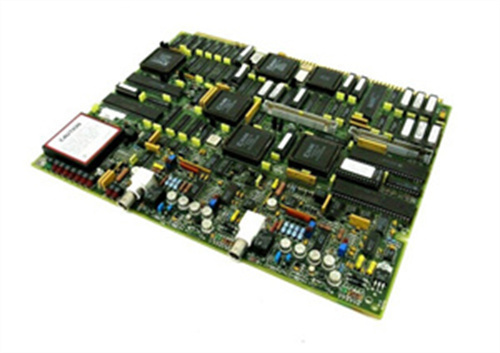
WESTINGHOUSE 1C31132G01 Product Details
I.Basic Information
Brand:Westinghouse(Westinghouse Electric,a global pioneer in energy and industrial automation,focusing on nuclear power,power generation,transmission and distribution,and control system technology)
Model:1C31132G01
Type:Digital Relay Module,a core component of Westinghouse power protection and control systems(such as WDPF,Ovation or legacy relay platforms),used for fault detection,protection and control of power systems(such as substations and power plants).
Purpose:As a protection device for power equipment,it monitors parameters such as current,voltage,and frequency,and quickly cuts off the circuit when abnormalities such as short circuit,overload,and ground fault occur to prevent equipment damage or accident expansion.
II.Technical Specifications
1.Core Functions
Protection Type:
Overcurrent protection:Detects phase-to-phase short circuit or ground fault,and supports time-limited(IDMT)or inverse time(Inverse Time)characteristics.
Overvoltage/undervoltage protection:Monitors bus voltage to prevent voltage abnormalities from causing equipment damage.
Frequency protection:Detects grid frequency deviation(such as low-frequency load shedding,high-frequency protection).
Ground fault protection:Applicable to neutral-grounded or ungrounded systems,sensitively detects small current ground faults.
Measurement parameters:
Current input:Supports 5A or 1A secondary rated current,accuracy±0.5%.
Voltage input:100V or 110V line voltage/phase voltage,accuracy±0.2%.
Frequency measurement:Range 45~65 Hz,resolution 0.01 Hz.
2.Output and control
Relay output:
Trip contact:Normally open/normally closed contact,rated capacity 250 VAC/5 A or 110 VDC/1 A,used for circuit breaker tripping.
Alarm contact:Independent contact output,used for alarm signal upload.
Communication interface:
Serial communication:Supports Modbus RTU(RS-485)or DNP3 protocol,connected to SCADA system or host computer.
Ethernet(optional):Some models support IEC 61850 standard to realize digital substation communication.
3.Performance parameters
Action time:
Overcurrent protection:≤30 ms(typical value,depends on the set value and fault type).
Voltage protection:≤50 ms(quick response to voltage abnormality).
Accuracy and stability:
Current/voltage measurement accuracy:±0.5%(full scale,25℃environment).
Temperature drift:≤0.1%/℃(long-term stability).
Environmental adaptability:
Operating temperature:-25℃to+70℃(industrial-grade wide temperature design).
Protection level:IP30(installed in the control cabinet),vibration resistance complies with IEC 60068-2-6 standard.
4.Power supply and configuration
Power supply requirements:
DC power supply:24 VDC(±15%)or 48 VDC(some models),power consumption≤10 W.
AC power supply:110/220 VAC(optional),supports dual power redundancy.
Programming and configuration:
Set protection parameters(such as current setting,time curve)through local buttons/display or dedicated software(such as Westinghouse RelayConfig Tool).
Support password protection and multi-level permission management to prevent misoperation.
III.Product advantages
High reliability and safety
Redundant design:Supports dual power supply and dual communication interface redundancy to improve system availability.
Self-test function:Built-in hardware watchdog and self-diagnosis program to monitor module status in real time.
Electromagnetic compatibility(EMC):Complies with IEC 61000-4 standard and has strong anti-interference ability.
Flexibility and scalability
Multi-protection function integration:A single module can realize multiple protection logics and reduce the number of hardware.
Communication protocol compatibility:Supports Modbus,DNP3,IEC 61850,adapting to different system architectures.
Modular design:Can be mixed with other Westinghouse relays(such as 1C31129G01)to expand functions.
Ease of use and maintainability
Local display:LED indicator and LCD display(optional),real-time display of measurement valuesand fault codes.
Event record:can store the latest 100 fault events(timestamp,action value)for easy fault analysis.
Hot-swap support:some models support live plug-in and pull-out to reduce downtime.
IV.Application scenarios
Power plant protection
Generator protection:monitor stator current and voltage to prevent overload or ground fault.
Transformer protection:realize differential protection and overcurrent protection to ensure safe operation of transformer.
Power transmission and distribution system
Substation protection:protect feeders,busbars,capacitor banks to prevent short circuits or voltage collapse.
Distributed energy:protect inverters and combiner boxes in wind power and photovoltaic power stations.
Industry and infrastructure
Petrochemical and metallurgy:protect high-power motors and inverters to prevent overload or stall.
Rail transit:realize feeder protection and fault location in traction power supply system.

